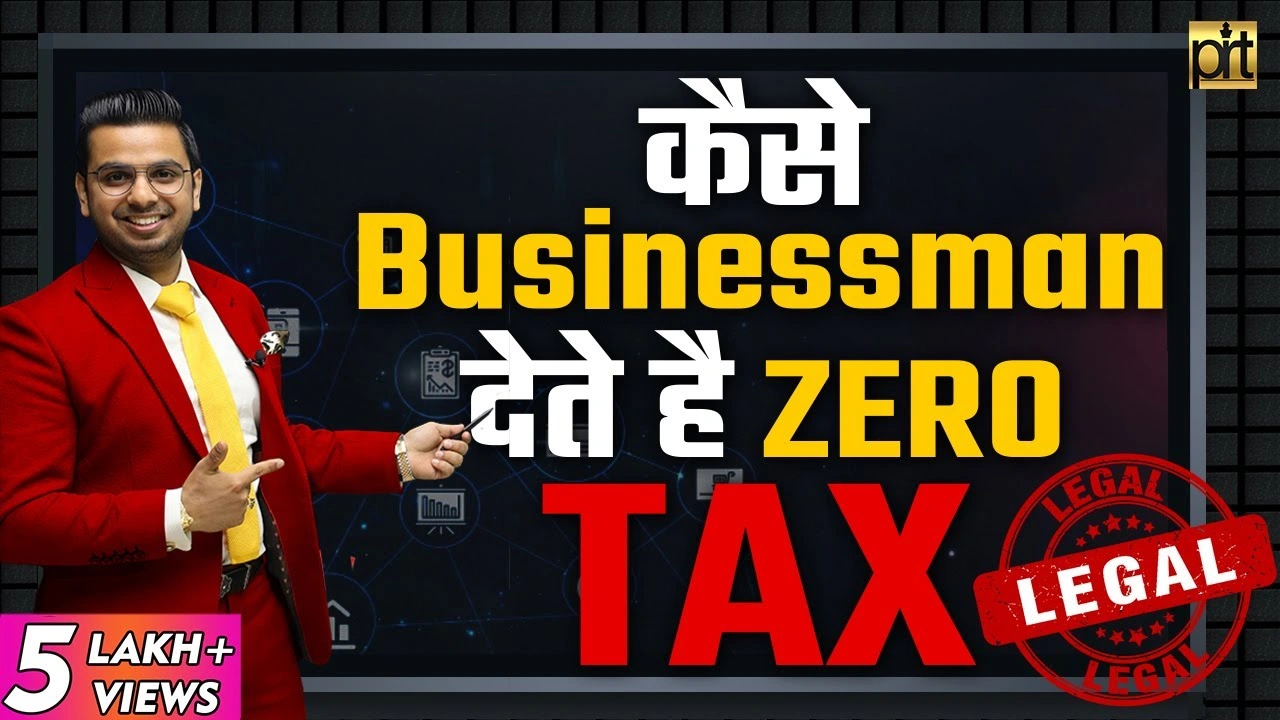Strategic Tax Planning for Entrepreneurs
This insightful video reveals how successful business people leverage legal strategies to reduce or eliminate their high taxes burden and reinvest those savings back into business growth. Crafted for Investment Marg and InkspireDaily, this expert blog breaks down these smart tax-saving techniques in simple, practical English.
1. Use Entity Structure to Minimize Tax
The first strategy is about choosing the right business structure. Entrepreneurs often:
- Set up private limited companies to benefit from lower corporate tax rates.
- Use holding companies to defer taxes on dividends by keeping profits within the group.
This structure isn’t about evading taxes—it’s about aligning your business setup with legal, lower-tax options to retain more capital for growth.
2. Opt for Reimbursements Over Salaries
Instead of high salaries, business owners use reimbursements:
- Rent allowance, car allowance, travel expenses, mobile & internet reimbursements can be claimed tax-free when properly documented.
- This reduces taxable income while satisfying lifestyle needs—again legally.
This means personal lifestyle costs are covered by the business without attracting personal income tax.
3. Leverage Investments & Loans
Smart business owners:
- Take director loans or shareholder advances, which don’t count as taxable income.
- Invest surplus funds into tax-efficient instruments like provident funds or municipal bonds.
These channels allow them to keep capital growing without immediately increasing their taxable income.
Subscribe to : PushkarRajThakurOfficial
4. Depreciate Assets and Expense Wisely
Another tactic is using depreciation and deduction rules:
- Claim depreciation on business assets (machinery, equipment, vehicles).
- Fully expense maintenance costs, including repairs and supplies.
These deductions reduce reported profit, lowering corporate tax—and freeing up cash flow for reinvestment.
5. Reinvest Through Capital Expenditure
Instead of distributing profits, savvy business owners reinvest in expanding operations:
- Buying new assets
- Scaling out operations
- Funding new product development
These investments are often tax-deductible, effectively reducing current taxable income while fueling growth.
Final Takeaway
The techniques covered are legitimate and strategic, enabling entrepreneurs to retain more capital for growth instead of paying excessive taxes. By using corporate structures, claiming the right deductions, and reinvesting earnings, business owners legally optimize their finances.
FAQs
Q1. How do business owners pay little to no tax legally?
They use strategies like corporate entities, expense deductions, depreciation, reimbursements, and reinvestment—all within the legal framework.
Q2. Can entrepreneurs claim personal expenses through business?
Yes—via reimbursed expenses (like travel, rent, utilities) that are properly documented in compliance with tax rules.
Q3. What is depreciation, and how does it help reduce tax?
Depreciation lets businesses gradually write off asset value (e.g., machinery), lowering taxable profits.
Q4. Are investments and loans taxed as income?
Director loans or shareholder advances are not taxed as personal income, and investments are structured for delayed taxation.
Q5. Is this strategy available to small businesses?
Absolutely—structuring as a private limited company and carefully documenting expenses works for small or growing businesses.
Credits to to : PushkarRajThakurOfficial

